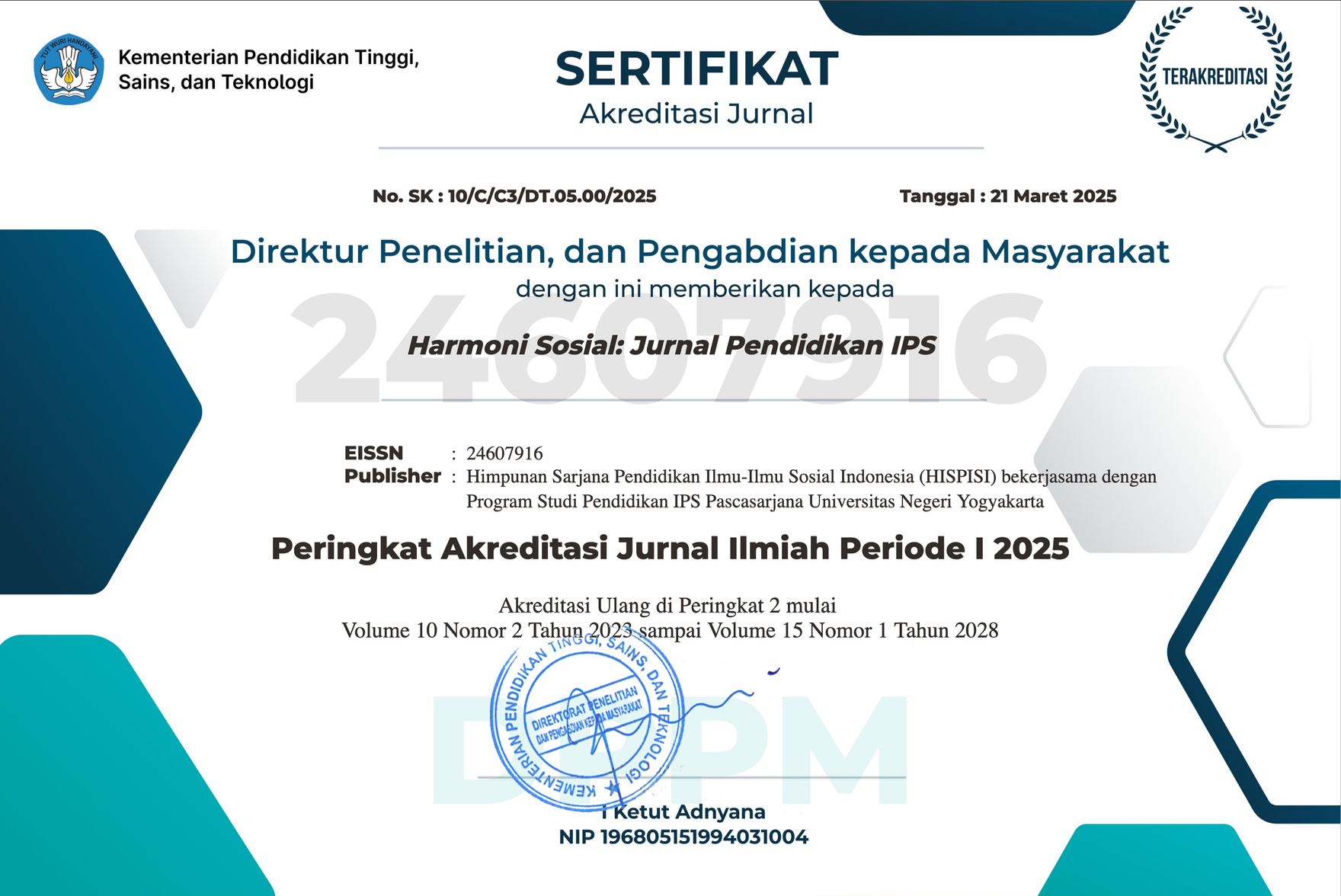Domestic violence: The day-to-day life of peruvian women experiencing depressive disorders
Downloads
Downloads
Aiquipa Tello, J. J. (2015). Dependencia emocional en mujeres víctimas de violencia de pareja. Revista de Psicología (PUCP), 33(2), 411-437.
Estévez, D., & Guandinango. A. (2018). Tipo y severidad de violencia intrafamiliar en mujeres indígenas de la comunidad de Santa Bárbara-Cotacachi (Unpublished bachelor thesis). Universidad Central de Ecuador, Ecuador.
Guerrero, S. (2014). Depresión en mujeres de 35 a 50 años (Unpublished bachelor thesis). Rafael Landívar University, Guatemala.
Hernández, R., Fernández, C., & Baptista, P. (2014). Metodología de la investigación McGraw-Hill. México DF.
IMQ Amsa (2018). Trastornos afectivos: Depresión, trastorno bipolar, distimia bilbao. Retreived from https://imqamsa.es/tratamiento/trastornos-afectivos-depresion-ansiedad-trastorno-bipolar-distimia-bilbao/
López-Roldán, P., & Fachelli, S. (2015). Metodología de la Investigación social cuantitativa. Barcelona: Universitat Autí²noma de Barcelona.
Manzano, V. (1996). Acerca de la finitud en las poblaciones. Estadística Española, 38(141), 237-244.
Mexican Social Security Institute. (2015). Diagnóstico y Tratamiento del Trastorno depresivo en el adulto.
Ministry of Women and Vulnerable Populations of Peru. (2009). Violencia familiar y sexual en mujeres y varones de 15 a 59 años.
Ministry of Women and Vulnerable Populations of Peru. (2016). Violencia basada en género como marco conceptual para las políticas públicas y la acción de estado.
Moreno, T. (2014). Violencia intrafamiliar como causa de trastorno depresivo en mujeres que acuden al centro de apoyo integral Las Tres Manuelas y al Hospital Cantonal de Sangolquí durante el año 2011 (Unpublished bachelor thesis). Universidad Central de Ecuador, Ecuador.
Otzen, T., & Manterola, C. (2017). Sampling techniques on a population study. International Journal of Morphology, 35(1), 227-232. doi:https://dx.doi.org/10.4067/S0717-95022017000100037
Palacios, F. (2013). Depresión siglo XXI: temas que bordean la depresión Mental, sus casusas y su manejo. Indiana: Palibrio LLC.
Pan American Health Organization. (2018). La violencia contra la mujer afecta a casi el 60% de las mujeres en algunos países de las Américas. Retrieved from https://www.paho.org/per/index.php?option=com_content&view=article&id=4190:la-violencia-contra-la-mujer-afecta-a-casi-el-60-de-las-mujeres-en-algunos-paises-de-las-americas&Itemid=1062
Pardilla, V. (2018). El lugar más peligroso para una mujer es su hogar, alerta la ONU: Hoy digital. Retrieved from http://hoy.com.do/la-violencia-verbal/
Programa Nacional Contra la Violencia Familiar y Sexual. (2019). Reporte estadístico de casos con características de feminicidio registrados por los centros emergencia mujer. Retrieved from http://observatorioviolencia.regionica.gob.pe/images/documentos/CEM.pdf
Rifa'at, M., & Farid, A. (2019). Kekerasan terhadap Perempuan dalam ketimpangan relasi kuasa: Studi kasus di Rifka Annisa Women's Crisis Center. SAWWA: Jurnal Studi Gender, 14(2), 175-190. doi:https://doi.org/10.21580/sa.v14i2.4062
Rosales, R. H., Bedón, M. B., Díaz, C. P., Brioso, A. S., & Pacheco, E. C. (2016). Depresión y ansiedad en mujeres en situación de maltrato en la relación de pareja según tipo de convivencia, en zonas urbano-marginales de la ciudad de Lima. TheorÄ“ma (Lima, Segunda época, En línea), 1, 123-136.
Ruiz, J. (2016). Violencia intrafamiliar. Alicante: Universidad Miguel Hernández de Elche.
Sheehan, K. (1997). Violencia intrafamiliar en hermanos consanguíneos jóvenes adultos.
Torres. R. (2017). Violencia contra la mujer en feminicidio en el periodo 2009- 2014 por regiones en el Perú (Unpublished bachelor thesis). Universidad César Vallejo, Peru.
United Nations Economic Commission for Latin America and the Caribbean (2019). La medición del feminicidio o feminicidio: desafíos y ruta de fortalecimiento en América Latina y el Caribe.
World Health Organization (2012). Informe mundial sobre la violencia y la salud. Retrieved from https://www.who.int/iris/bitstream/10665/67411/1/a77102spa.pdf
World Health Organization (2018). Depression. Retrieved form https://www.who.int/mental_health/management/depression/es/
Zavala, J. J. A., & González, E. A. V. (2018). La mujer en Derecho a una Vida libre de violencia desde la Organización Comunitaria. Iustitia Socialis: Revista Arbitrada de Ciencias Jurídicas y Criminalísticas, 3(5), 110-127.
Zraick, K. (2018). El lugar más peligroso para una mujer es su hogar, alerta la ONU. The New York Times. Retrieved from https://www.nytimes.com/es/2018/11/29/feminicidios-en-el-mundo-onu/
The Authors submitting a manuscript do so on the understanding that if accepted for publication, copyright publishing of the article shall be assigned to Harmoni Sosial: Jurnal Pendidikan IPS
 | Harmoni Sosial: Jurnal Pendidikan IPS by http://journal.uny.ac.id/index.php/hsjpi is licensed under a Creative Commons Attribution-ShareAlike 4.0 International License. |










 ISSN Print
ISSN Print









